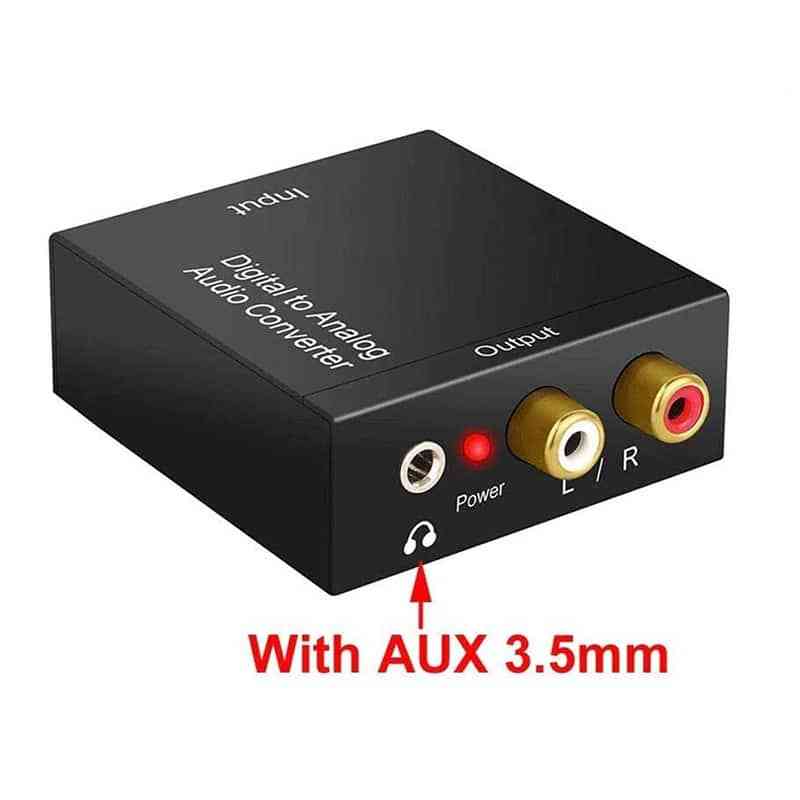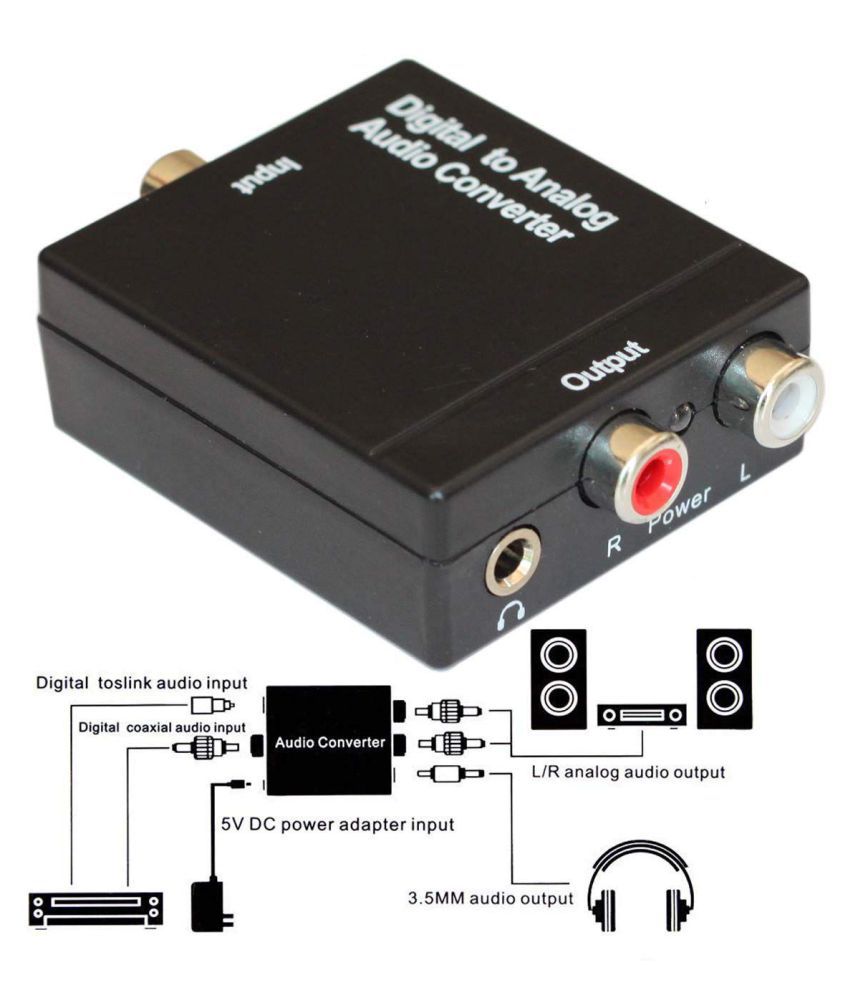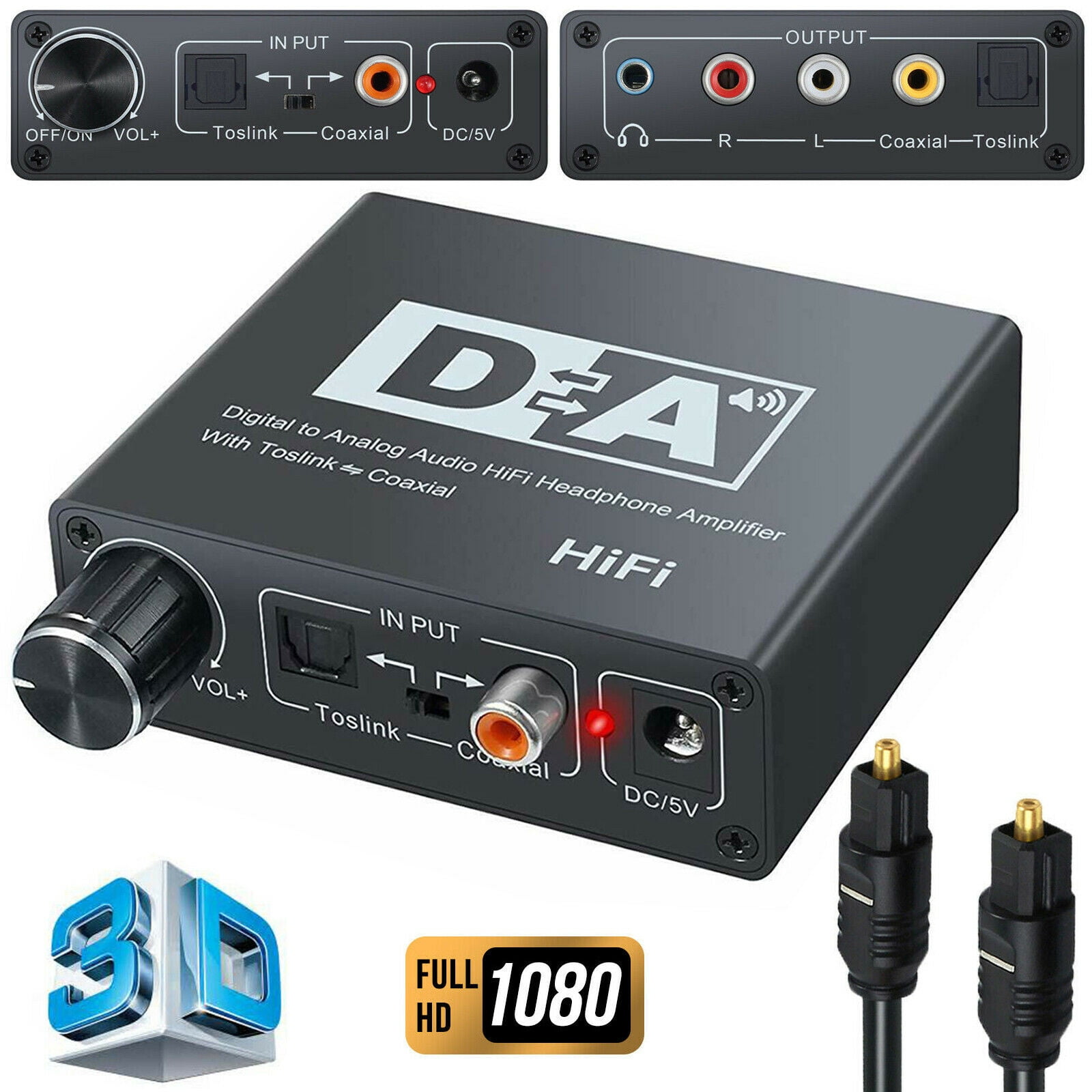
We all listen to the radio and know it works, so why doubt exactly the same process when it is used in digital audio equipment?Īn audio signal at 5kHz creates 'images' or 'side-bands' at 35kHz and 45kHz when sampled at a rate of 40kHz.Perhaps the need to constrain the audio bandwidth in order for the modulation process to work properly feels strange because it isn't something we ever had to think about with analogue systems. Just like AM radio, it can convey audio accurately from one place to another via an appropriate medium. Sampling is a simple modulation process -an amplitude modulation (AM) process, to be precise. The memory of many of those technical weaknesses still haunts the industry today, even though advancing technology removed most of them years ago. The bottom line is that sampling works, and it is theoretically a perfect process: you get back exactly what you put in, provided the system is engineered adequately, and real-world weaknesses are purely down to failures of implementation - and there were certainly some serious weaknesses (and optimistic over-selling!) in the early days of digital audio, some 25 years ago.

DIGITAL TO ANALOG AUDIO CONVERTER FRYS PROFESSIONAL
Furthermore, sampling is used in a very wide range of industries outside our own domestic and professional audio interests, many of them in life-critical applications! I won't wade through the sums, but there is a very elegant and irrefutable mathematical proof for the sampling process.

In contrast, sampled audio is (potentially) a totally accurate and faithful means of conveying a complete audio signal from one place to another. In fact, you only have to look away from the screen to perceive the flickery nature of what is being shown, and to realise its very poor relationship to reality. It doesn't even convey accurate movement (hence the wheels on the stage coach often appearing to go backwards). Film does not - and cannot - convey all the information embodied in the light waves reflected from the source scene to reconstruct them accurately.
DIGITAL TO ANALOG AUDIO CONVERTER FRYS TV
By capturing and showing a relatively slowly changing sequence of static pictures, film and TV rely on the persistence of vision and the interpretative abilities of the brain to construct (not reconstruct) an impression of life-like movement. Audio sampling does not work in the same way as film: while film is a sampling system of sorts, the sampling rate is woefully inadequate, and as a result, film creates only an illusion of movement. The classic mistake is to compare digital audio with film. Perhaps the biggest misconceptions about digital audio surround the issue of sampling - probably to due over-simplifications introduced by most tutors when trying to explain inherently complicated concepts.

But we must understand the practical and technical limitations of both systems equally, appreciate the strengths of their creative contributions, and learn when to choose one over the other. It comes down to horses for courses - there's no absolute right or wrong, good or bad. Sometimes the greater dynamic range of digital systems benefits complex productions where analogue systems would descend into a mush of mix-bus noise. In some cases the inherent distortions of analogue recording bring something extra that complements the music, while in others it might distract. The same is true of analogue and digital recording, mixing or processing. We could liken the situation to the choice of a petrol or diesel engine for your next car: both can power the car adequately to get you from A to B, but the experience is different, so some people prefer one to the other, and one is often better suited to some situations than the other. Digital Versus Analogueĭigital and analogue systems are designed to do the same job, but they do it differently and therefore have different characteristics. Along the way, I'll hopefully help you to pinpoint any problems you might be experiencing in your own system. In this article, I'll correct some of the basic misconceptions and (via the SOS web site), provide some audio examples to demonstrate the reality. The analogue/digital debate has been running so long that many of the arguments have completely lost any basis in technical fact and have become urban myths.

This in-depth guide tells you why - and what you need to know to put things right. Designers overcame most inherent problems with digital audio long ago, but for many of us, the experience still isn't perfect.


 0 kommentar(er)
0 kommentar(er)
